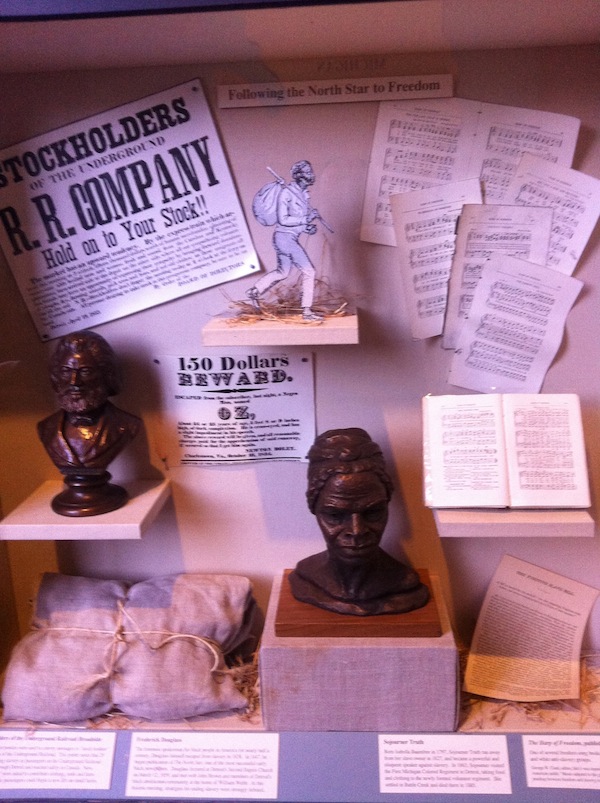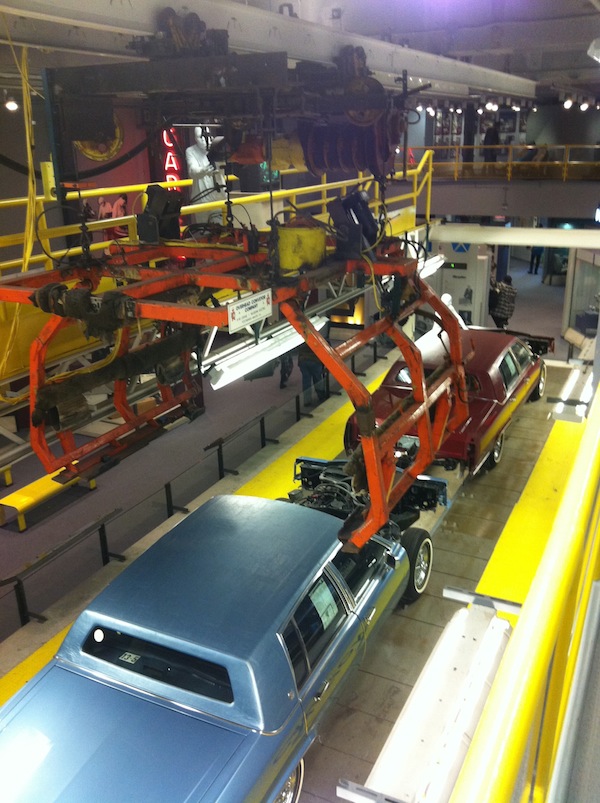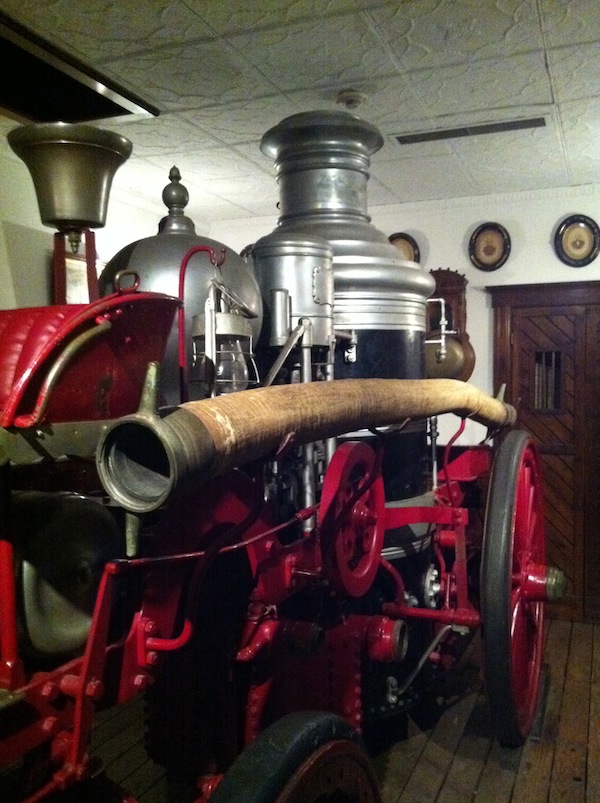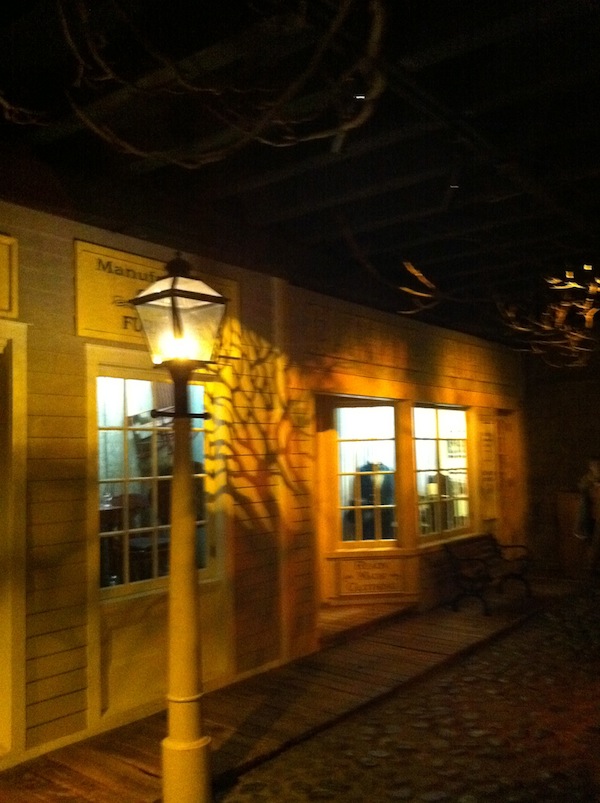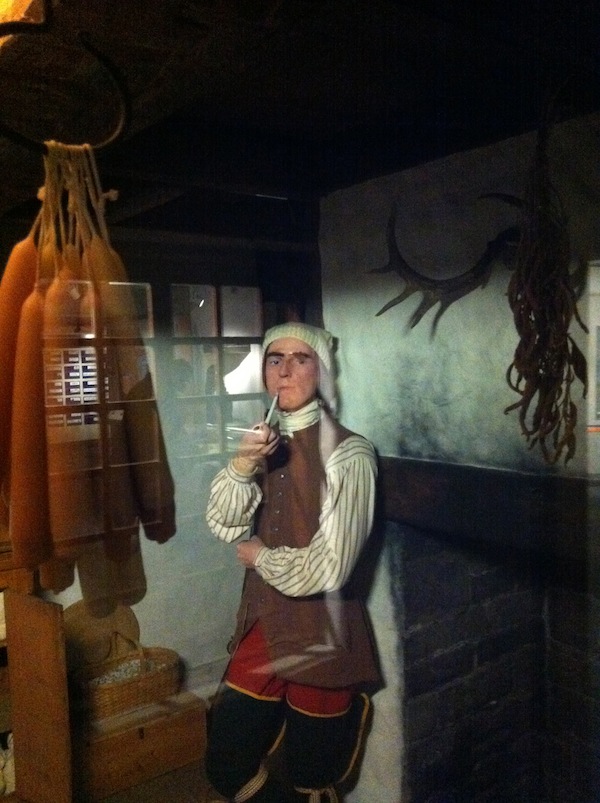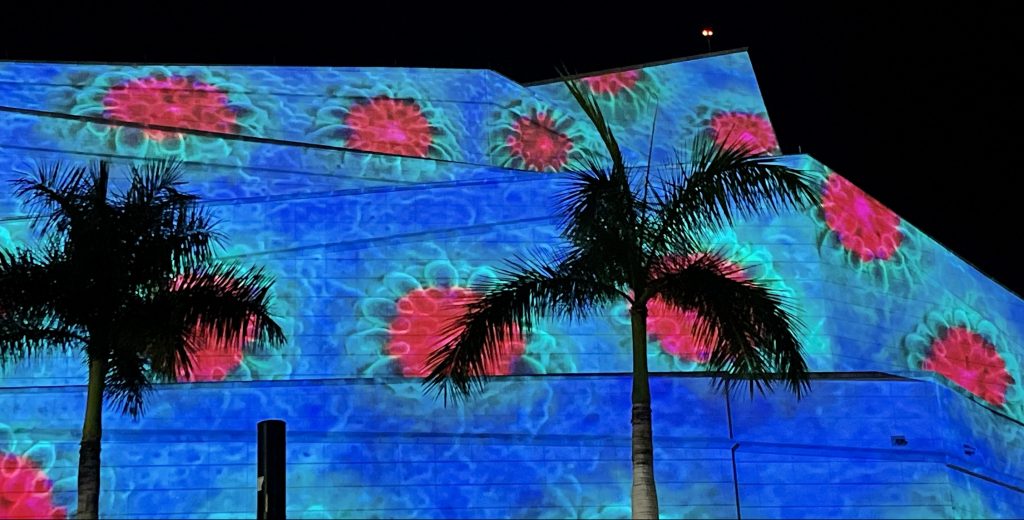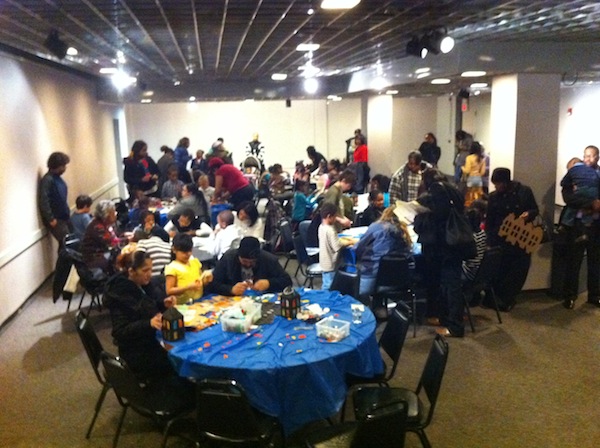
Detroit Historical Museum celebrates the Underground Railroad
This past Sunday, I had the pleasure of visiting The Detroit Historical Museum on Underground Railroad Family Day. It was my first time visiting the museum, and I was astounded at how wonderful and vibrant an institution it is. I happily wandered the “Streets of Old Detroit” exhibit, which recreates Detroit street scenes from prior eras, featuring cobblestone streets, old storefronts and actors in period garb. There was also an impressive (and interactive!) model train display, an antique fire engine, an assortment of toys from the past century and an authentic Cadillac auto body drop assembly line. I couldn’t help but smile as I watched families weave through the exhibits, processing so much historical information presented in such a fun and truly pleasurable manner, talking excitedly to docents about the history behind Detroit’s name or poring over a model of the original Fort Detroit.
Adjacent to the model railroad exhibit, I came across a roomful of families constructing signal lanterns, anti-slavery broadsides and coded correspondence as part of the Underground Railroad celebration underway. There was also a musical performance by Kim and Reggie Harris. Amidst all the craft-making bustle, I had the opportunity to talk with Tobi Voigt, the museum’s director of education & interpretation:
Jeremy Schmall: Can you tell me a little bit about the activities you’ve organized for Underground Railroad Family Day?
Tobi Voigt: Today is all about learning about the Underground Railroad and its importance in Detroit in the early to mid-1800s. We wanted to provide families with hands-on activities that reinforce key concepts. Kids and their families can make a signal lantern while learning about the difficult journey from the South to freedom and the safe houses along the way. They can create an anti-slavery broadside while learning about the important work of abolitionists. Also, they can decode an Underground Railroad message while learning about the codes and words used to conceal Freedom Seekers on their journey and learn their family’s history by starting a family tree and tracing the routes they took over time to settle in Detroit. In addition, we are so excited to feature a performance of “Music and Stories of the Underground Railroad” by Kim and Reggie Harris.
JS: You’re a native Detroiter who left the city to live in upstate New York, but returned a couple of years ago. Did you find things were much different when you returned?
TV: Yes, things have changed quite a bit. Detroit is so much more vibrant than it was when I left in 2004. There’s life downtown, and midtown is booming with culture. There’s a renewed feeling of excitement and hope here, and I am so glad to be a part of it.
JS: Do you think your return is part of a trend? Have you noticed many people who maybe left Detroit 5 to 10 years ago now returning to the city?
TV: I am not sure about people returning to the city, but I can see there are more people from the suburbs moving into Detroit. And I have definitely met people who have chosen to move here from other places. I think all of this is very positive. Detroit needs fresh perspectives. This is having a tremendous impact on the city on a grassroots level. From local community gardens to neighborhood town hall meetings, both new and long-term Detroit residents are making small impacts on their part of Detroit that, when taken as a whole, are quite striking and transformative.
JS: As a relative newcomer to Detroit, everything I’ve experienced makes me feel overwhelmingly optimistic about the city’s future, but all the news stories make it seem so dire. Am I just delusional?
TV: Not at all, Detroit seems to evoke two contrasting images in the national media: first, as the run down ruin that exemplifies our post-industrial society. This is very apparent in the preoccupation with Detroit’s “ruins” as seen in photography exhibitions all over the world. Second, we are getting more and more attention for the city’s “rebirth” in culture and innovation. To be fair, Detroit is really both of these things. We are a dynamic city with the good, the bad and the normal all mixed together. Having lived away from Detroit, I can say I see the city with fresh eyes now that I am back. I think what sets us apart from other big cities suffering similar circumstances is the fierce pride Detroiters feel. I often wonder if it comes from having to defend our city to the rest of the country and world for decades now. When I started telling people in New York that I was moving to Detroit, the unanimous response was, “Ugh. Why would you want to do that?” Well, because I love it here. I love that we are a city of hard working, proud people. I am proud to count myself among them.
JS: What’s your favorite part about being involved with the Detroit Historical Museum?
TV: What I love most about working at the Detroit Historical Museum is helping people in the community understand the city’s deep roots. Detroit was founded in 1701, and has two hundred years of history that predate it becoming the “Motor City.” As cliché as it may sound, I subscribe fully to the belief that the past can help inform the present. I don’t necessarily believe that those who don’t know history are doomed to repeat it, but I think Detroit can learn a lot from its past mistakes and successes as we reinvent the city.
JS: What’s in store for the future of the museum?
TV: Oh boy, do you have a couple of hours for me to share all the exciting things we have going on? Just kidding. To be brief, I will say that the Detroit Historical Society, which operates both the Detroit Historical Museum and the Dossin Great Lakes Museum on Belle Isle, is in the middle of a 5 year comprehensive fundraising campaign called Past<Forward. We are seeking to raise $20.1 million over five years to help improve the museums and our educational outreach to the community. We are developing seven new and enhanced exhibitions for the museums that help us tell Detroit’s story in new and innovative ways. We are also developing new field trip experiences and classroom resources, including the recently launched web resource Building Detroit . And we have started a process to digitize over 70,000 of our unique artifacts, photographs and documents that illuminate Detroit history. Our curators have an amazing blog that documents their process.
On May 25, we will be closing the Detroit Historical Museum for six months to implement these changes. When we reopen in November, our museum will be transformed into a dynamic and exciting place that immerses visitors in Detroit history.
JS: Any upcoming events at the museum I should know about?
TV: On Friday, March 9 from 6 p.m. to 10 p.m., we are hosting our second annual “Discover Detroit” program. It’s our way of showcasing the people and organizations (and food) that makes Detroit unique today. Participants can mingle with representatives from organizations like Museum of Contemporary Art Detroit (a Knight Arts grantee), the Black Historic Sites Committee and Young Detroit Builders, while trying samples from Detroit restaurants and hearing from scholars and Detroit enthusiasts. Talk with Brad Osantoski, the producer and director of “Redefining Dreamland,” which tells the story of the city today. Admission is $10 per person.
Detroit Historical Museum: 5401 Woodward Ave., 331-833-1805, detroithistorical.org
Recent Content
-
Artsarticle ·
-
Artsarticle ·
-
Artsarticle ·
